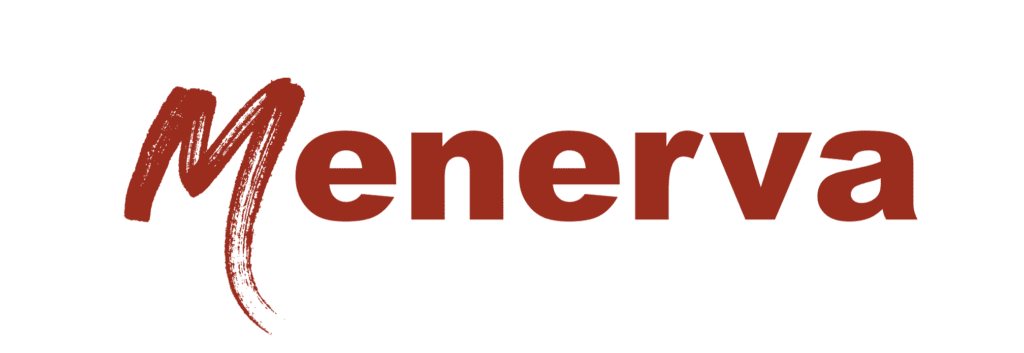Imagine you’re looking for a new coffee roaster. A friend who knows beans inside out slides a bag across the table and says, “Trust me on this one.” Chances are you’ll brew that first cup the minute you get home.
Backlinks work the same way online. When another website points readers to your page, it’s a public vote of confidence, the digital equivalent of that coffee‑savvy friend. And while search algorithms now juggle hundreds of signals, a solid backlink profile remains one of the clearest trust markers Google can see.
“Google uses links as a signal when determining the relevancy of pages and to find new pages to crawl.” — Google’s Link Best Practices

The Quick‑Stat Snapshot
- 94 % of online content never earns a single external link, and only 2.2 % secures links from multiple domains
- Pages that rank #1 on Google have 3.8× more backlinks than those lower down the page.
- Over half of digital marketers still call link building the toughest part of SEO.
DemandSage 2025 Link‑Building Report
Translation: Backlinks are scarce, competitive, and disproportionately influential.
Why Backlinks Still Punch Above Their Weight
Search is evolving at breakneck speed — hello, generative AI results and voice‑only queries — yet links continue to anchor Google’s understanding of authority. A handful of quality endorsements from reputable, topic‑relevant sites can move the visibility needle more than dozens of lightweight mentions scattered across unrelated blogs.
7 Backlink Types That Matter Most
Below are the seven link categories that move the SEO needle in 2025, plus a plain‑English look at why each counts.
1. DoFollow (a.k.a. “standard”). The default hyperlink that passes PageRank. When it appears on a trustworthy, topically aligned page, it tells Google your content deserves to rank. Think of these as the backbone of every healthy link profile.
2. NoFollow. Tagged with rel= “nofollow“, these links don’t transfer authority directly, but they still drive qualified visits, help Google discover new URLs, and lend branding benefits. Variety in your link graph also looks natural to algorithms.
3. Editorial Mentions. Links earned because a journalist, researcher, or blogger genuinely cites your work, e.g., a marketing publication referencing your original chart. They’re algorithm‑proof and deliver the strongest trust signals because you can’t buy them.
4. Guest‑Post Links. Inserted within an article you write for a reputable, relevant publication. These links carry real weight when your insights add value and the host site sees authentic engagement (comments, shares, returning readers).
5. Directory / Resource‑Page Links. Curated lists that point readers to helpful vendors, tools, or local businesses, for instance, a chamber‑of‑commerce directory or a university resource page. It is especially potent for local SEO and niche authority as long as the directory is selective, not spam‑heavy.
6. Image / Infographic Attribution. When another site embeds your visual (chart, infographic, product photo) and credits you with a hyperlink, these types of links earn both equity and referral traffic from Google Images and social shares.
7. HARO / Expert Quote Links. Secured by answering journalist queries on platforms like Help a Reporter Out. Often dofollow and frequently from high‑authority news outlets, making them a fast track to trustworthy signals.
Why focus on seven? Google’s March 2025 Spam Update reinforced that quality and context outweigh raw link volume. Prioritizing these categories keeps your outreach strategic and your profile future‑proof.
What Makes a Quality Backlink in 2025?
- Topical relevance – A baking blog linking to your IT consultancy won’t cut it.
- Domain authority – Trusted industry sites, trade journals, universities, and mainstream press have a higher domain authority, which means they carry more weight.
- Traffic potential – If the referring page ranks and gets eyes on it, your link earns more than technical equity — it earns clicks.
- Placement & context – Links embedded naturally in the flow of content outperform sidebar or author‑bio links.
- Indexability – If Google can’t crawl the page, the “vote” never gets counted.

How to Earn Backlinks That Stand the Test of Time
- Publish Link‑Worthier Content. Long‑form explainers, original data studies, and visual assets (think infographics or comparison tables) attract organic citations.
- Leverage Digital PR. Pitch journalists and trade editors with timely insights or expert commentary. Editorial links are still the most algorithm‑proof currency in SEO.
- Guest Author on Complementary Blogs. Target publications where your audience already hangs out. Provide real value, no thin fluff wrapped around a single self‑serving link.
- Build Local Partnerships. Sponsoring community events, collaborating on webinars, or listing in credible local directories can secure highly relevant regional backlinks, perfect for businesses targeting city‑level keywords.
- Refresh & Repurpose Existing Assets. Update aging blog posts with new stats, embed short explainer videos, or convert data into shareable charts. Freshness alone can spark new citations.
“Daily use of the disavow tool is not normal site maintenance.” — John Mueller, Google Search Advocate, at Search Central NYC (April 8 2025) via Search Engine Journal
Mueller’s reminder underscores a key point: focus on earning links, not cleaning up endless spammy ones.
Want to see how smart PR can supercharge your online authority? Dive into our quick primer on PR-driven SEO best practices and start earning newsroom-worthy backlinks today.
Common Pitfalls to Avoid
- Buying low‑quality links – Short‑term gain, long‑term pain when penalties roll out.
- Over‑optimized anchor text – Signals manipulation. Diversify anchors naturally.
- Blind directory submissions – If a directory has more ads than value, steer clear.
- Ignoring on‑page basics – Even the best backlinks can’t prop up a site that loads slowly or ignores Core Web Vitals.
The Future of Backlinks
Google’s engineers have hinted that link weight may gradually diminish as AI‑driven systems mature, but they’ve never said links will disappear. Expect quality thresholds to rise while blatant manipulation loses steam. In other words, earning fewer, better links is your safest bet.
Key Takeaways
- Backlinks remain one of the clearest indicators of trust and authority Google can measure.
- Quality beats quantity: a single contextual link from a respected industry site can outweigh dozens of irrelevant ones.
- Create value‑first content, amplify it through strategic outreach, and let people — not link farms — decide it’s worth sharing.

Build Better Backlinks with a Smarter SEO Strategy
Ready to earn links that move the revenue needle — not just your Domain Rating? Menerva Digital offers:
- Data‑driven content ideation and production
- Outreach rooted in genuine relationship‑building (no spammy mass emails)
- Transparent reporting that ties links to real business KPIs
Let’s turn your website into a source worth citing. Get in touch and start earning backlinks the right way.


